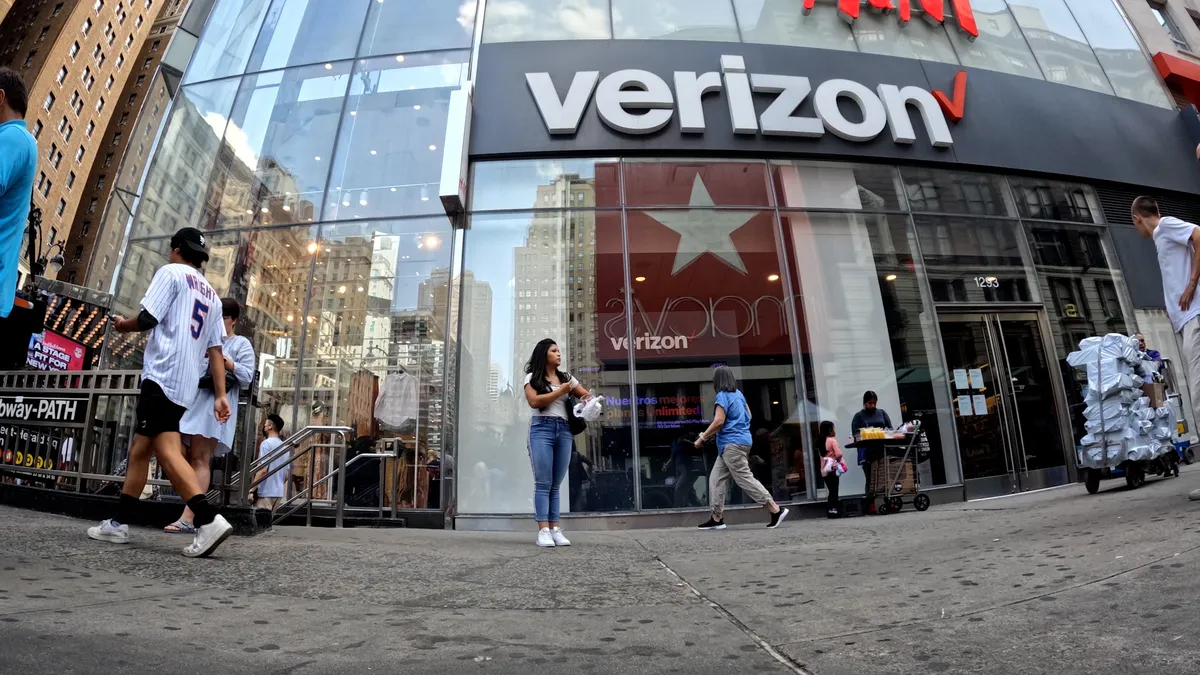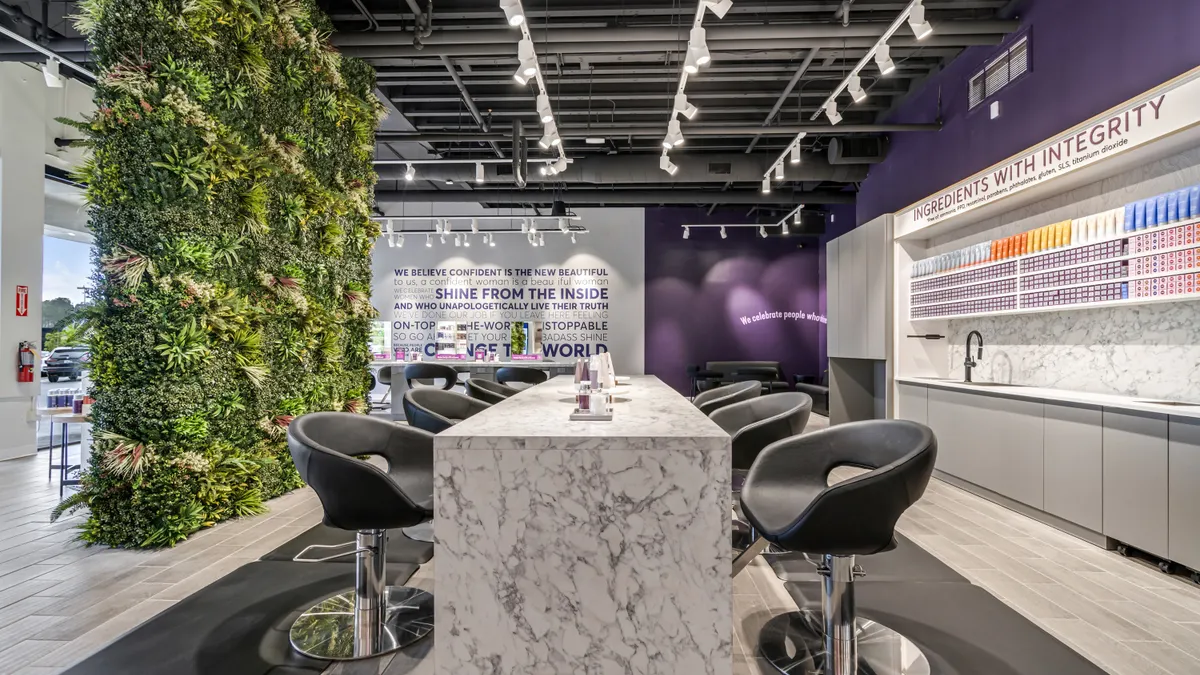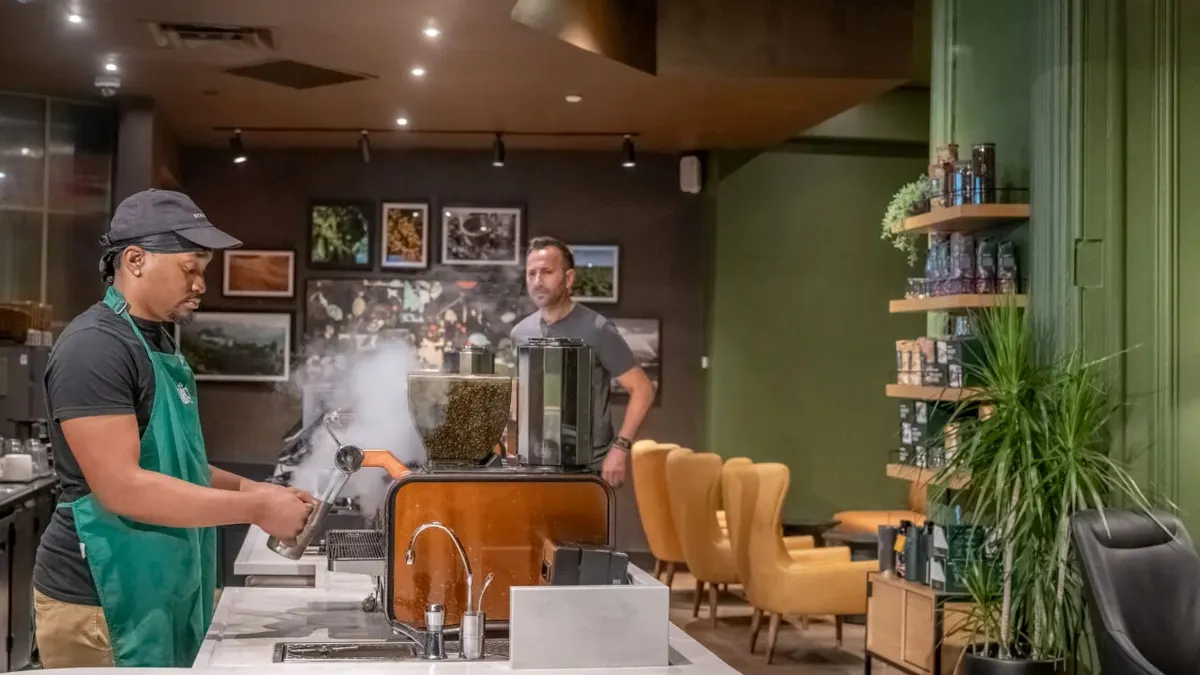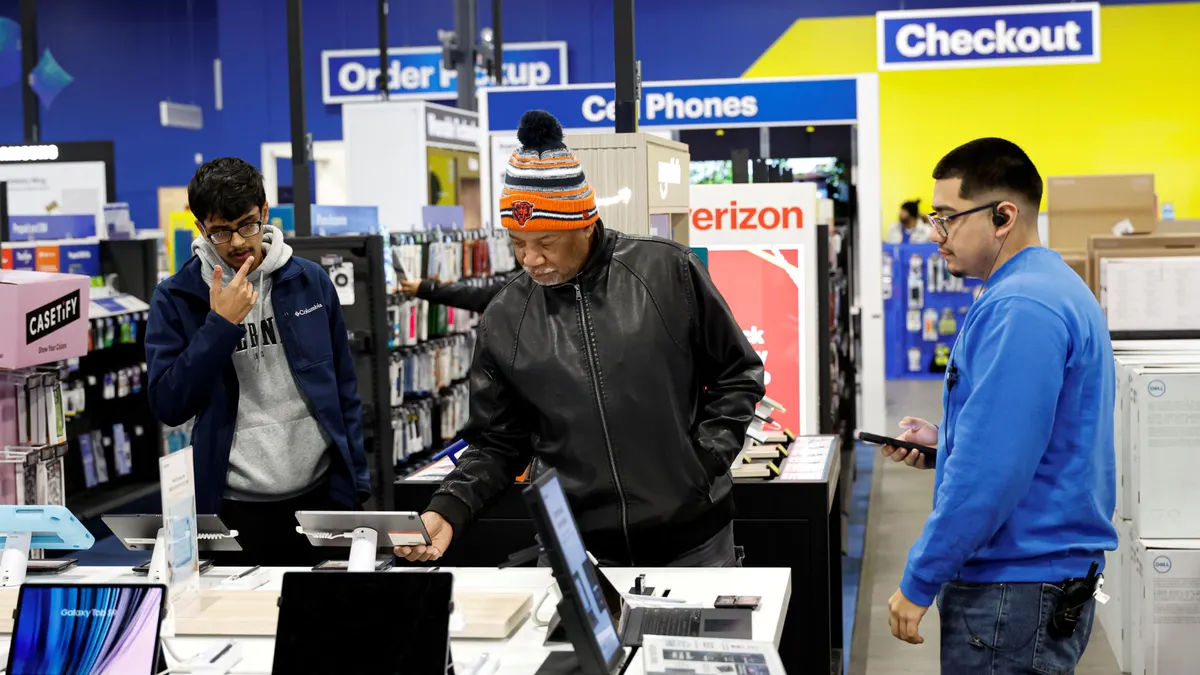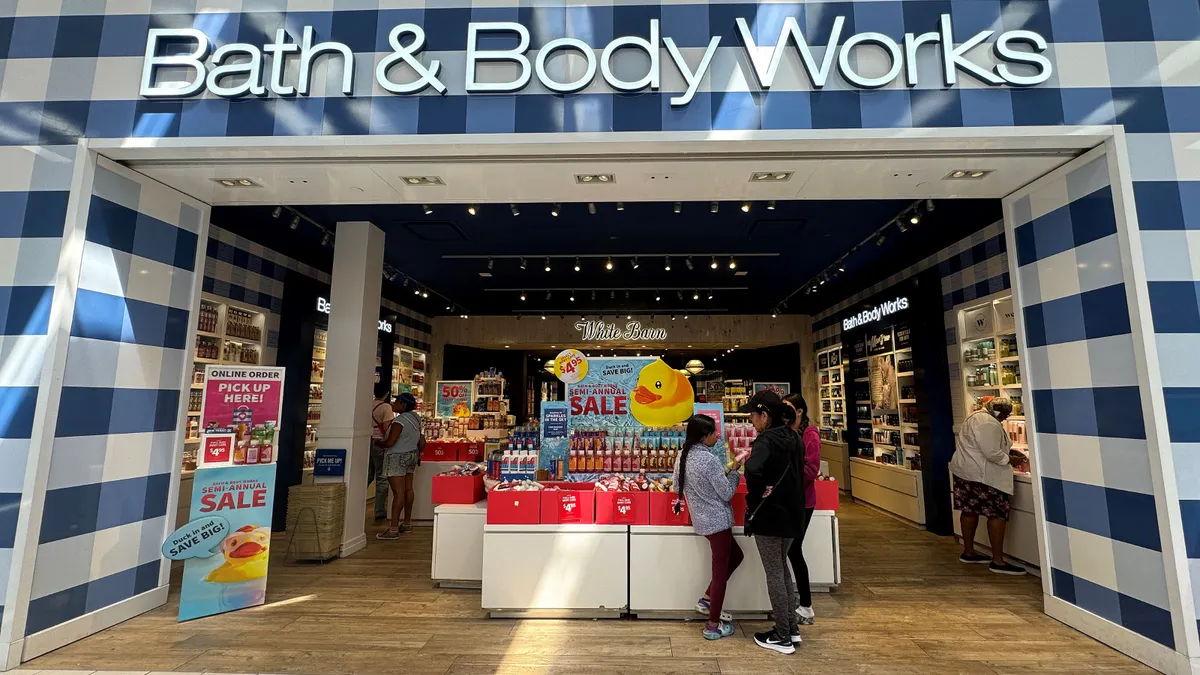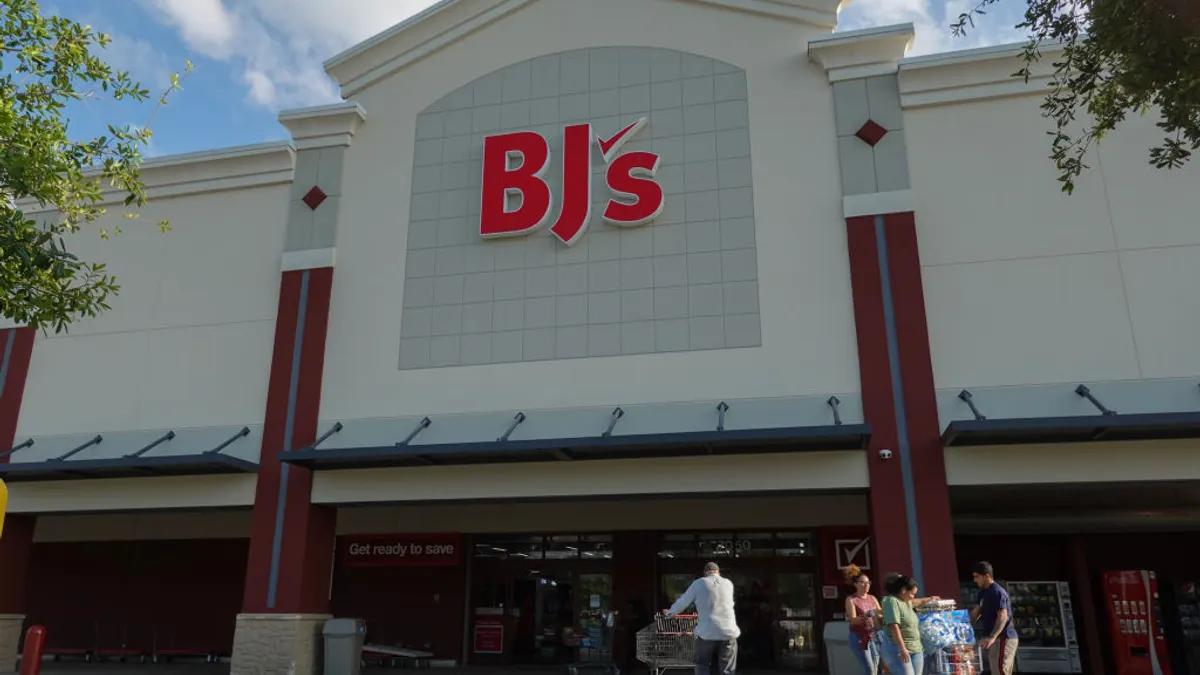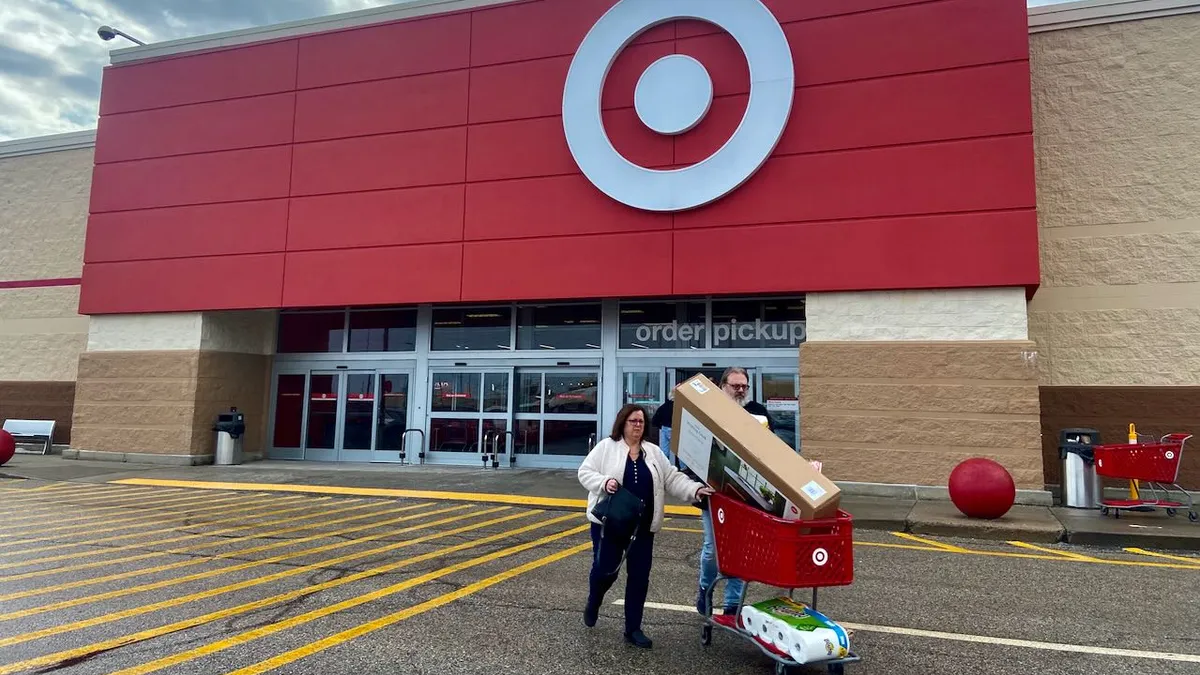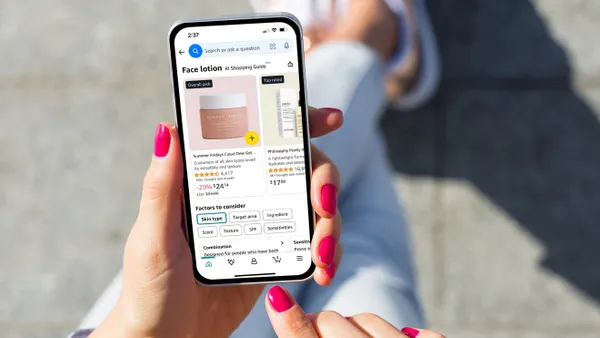For Brian Higgins, the No. 1 priority of CX leaders is to make customer experience a companywide imperative.
To achieve that, Higgins, Verizon's first chief customer experience officer, has a head start: Verizon Consumer CEO Sowmyanarayan Sampath shares his vision of a Verizon known for its customer experiences just as much as its wireless network.
Our strategy is "not about the larger Verizon — it's about the individual customer and the individual interaction,” Higgins told CX Dive. “Let's look at each one of them and see how we can make improvements that help out everybody.”
A 29-year Verizon veteran, Higgins was appointed to lead its new customer experience organization in February. His first mission is to raise the bar with hyper-personalized experiences for each customer, work that is already well underway.
Early efforts include the rollout of new generative AI tools designed to help workers make a positive impact during every customer interaction.
AI insights uncover specific needs
Verizon’s strategy for delivering individualized experiences starts by paying close attention to the customer.
The company captures the actions customers take online, in store and during interactions with customer service, Higgins said. Verizon also records network performance, among other metrics, to understand the needs of every user.

Generative AI then crunches the data to uncover individualized opportunities. For instance, Verizon can recognize when a device upgrade would lead to meaningfully better network performance, according to Higgins.
The data is used to personalize the customer journey no matter how or where they interact with Verizon. The customer will see personalized suggestions for devices and plans if they visit the website, and a store associate can bring up the same tailored selection if they assist that customer in a store.
"We leverage all those insights we have to then tailor everything directly to your needs," Higgins said.
Customer service with a personal touch
Verizon puts significant effort into ensuring it has enough staff on hand to deliver the personalized touches that elevate an experience, whether in a store or a call center.
“In order to get the experience right from the start, you've got to make sure you're picking up the call very quickly,” Higgins said. “So getting the right staffing in place is going to be critical.”
Verizon has tens of thousands of customer care representatives, and it uses an AI to determine how many it needs on duty at any time, Higgins said. Considerations like time of day and special promotions, each capable of affecting demand, are factored into staffing plans.
Generative AI also helps agents deliver service that goes beyond basic answers. If a customer calls asking about how international travel will affect their service, the agent doesn’t just recite Verizon’s generic international plan details, according to Higgins. Instead, AI can offer the agent details about travel information that are relevant to that customer’s specific plan.
"It's all done in the context of the customer,” Higgins said.
On average, generative AI tools help frontline workers answer 95% of inquiries.
AI assistants also help prevent agent burnout when they synthesize information into a digestible form, according to Tim McDougal, service excellence lead at Deloitte Digital. A focused view of the customer helps agents better understand the next best action, making their job easier.
"We used to use the term customer 360,” McDougal told CX Dive. “I might call it the customer 36 degree view now, where it's only the stuff that's really super important at this particular time.”
Transparency complements personalization
Verizon manages its in-store experience in a similar manner to call centers, with an added emphasis on transparent transactions.
Just as it does with contact centers, Verizon uses AI to determine staffing for its thousands of stores to ensure there are enough associates to immediately greet and assist customers, while in-store tablets help workers offer personalized shopping experiences for each customer, Higgins said.
Verizon’s View Together service supports transactions, which offers customers a link that lets them go over any purchases or upgrades line by line with an associate before they finalize the transaction.
“That way, there's no discrepancy in what the sales representative discusses and what the customer is buying at the end of the day,” Higgins said. “That's a transparency mechanism that we know is critical.”
View Together can reduce the pressure on call centers, too. Transactions that utilize the option produce a double digit reduction in the number of customer service calls compared to purchases made without the service, according to Higgins.
Agents draw on personal details to greet customers with more than a basic hello, such as by thanking them for the number of years they've been with Verizon.
“We recognize right up front for the customers that hey, we see you, we understand the kind of relationship you have with Verizon, and we want to make sure that you know that we're aware of it,” Higgins said.
Great customer experiences draw upon a combination of big investments and efforts alongside small, personal touches, according to Brian Higgins, Verizon’s first chief customer experience officer.
Technology like generative AI is the big thing that digs through data and empowers associates to deliver great experiences, according to Higgins. This powers personalization based on shopper’s purchases and needs — the small things that show a company values its customers.
Verizon combines these big and small things to make it “dead simple” to choose plans and devices while making them feel appreciated, Higgins said. His team focuses on delivering value for each customer, rather than taking a one-size-fits all approach to a good experience.


